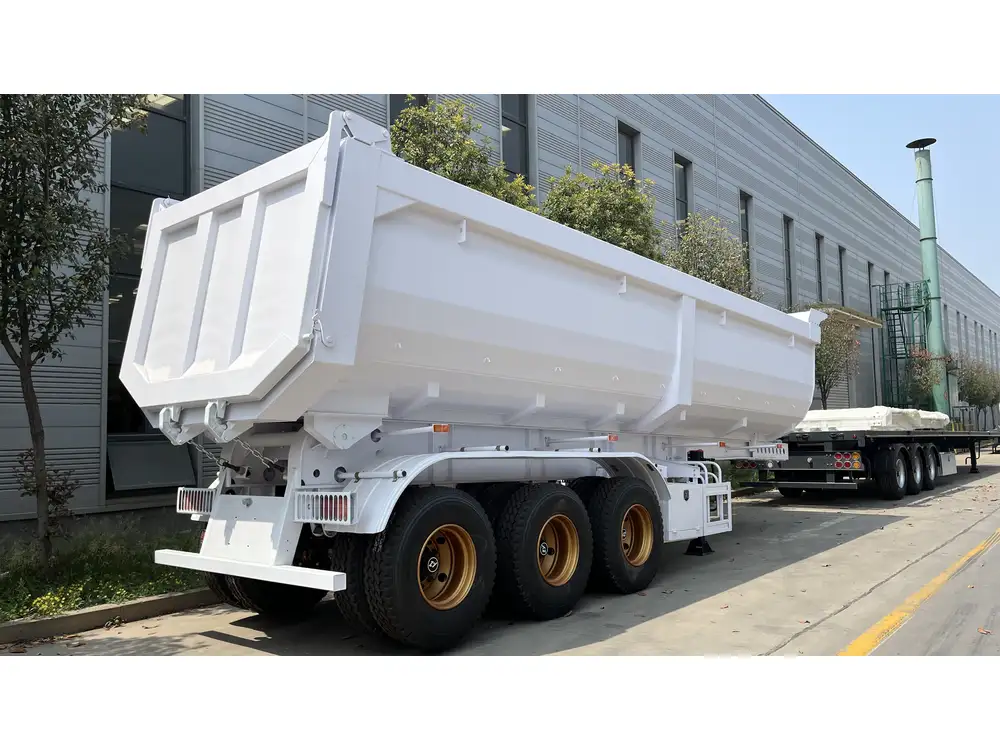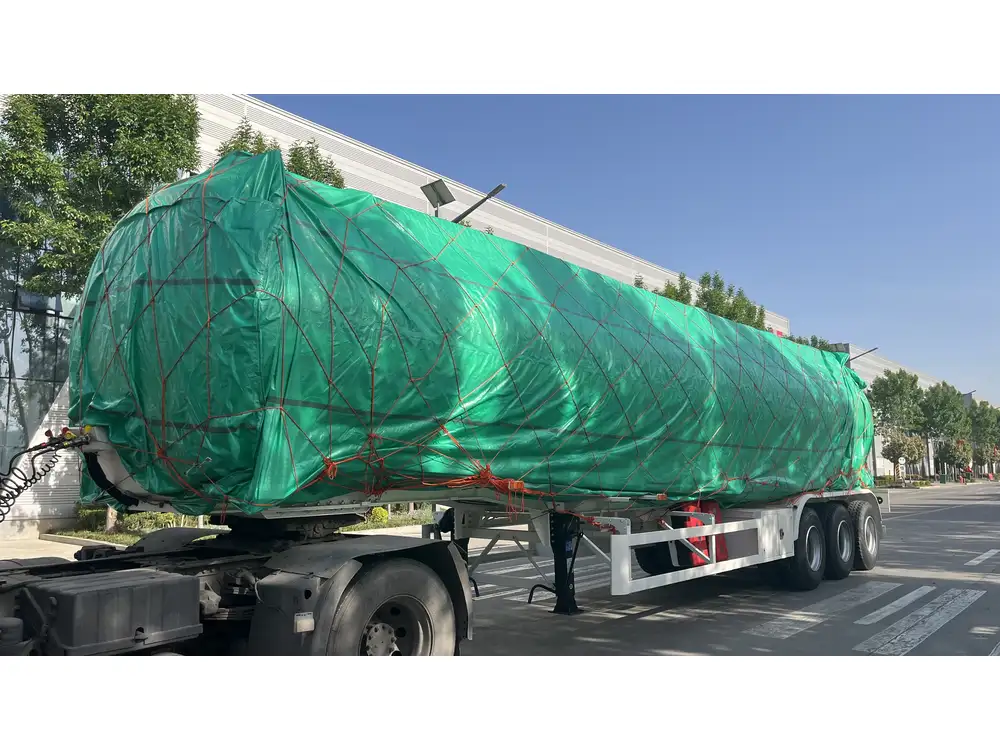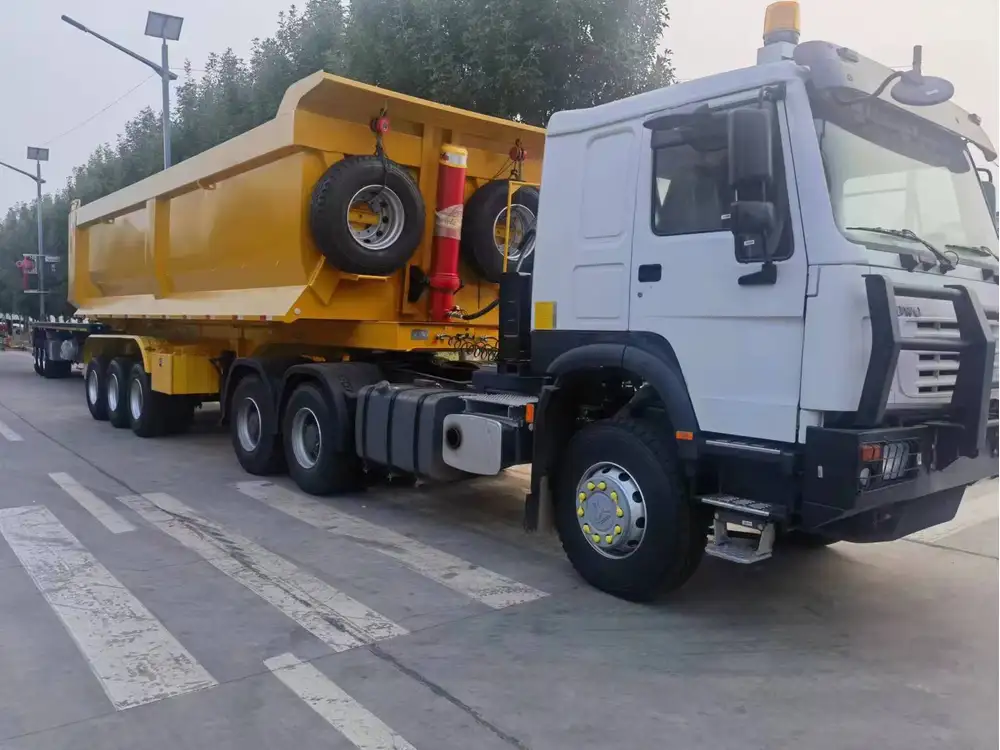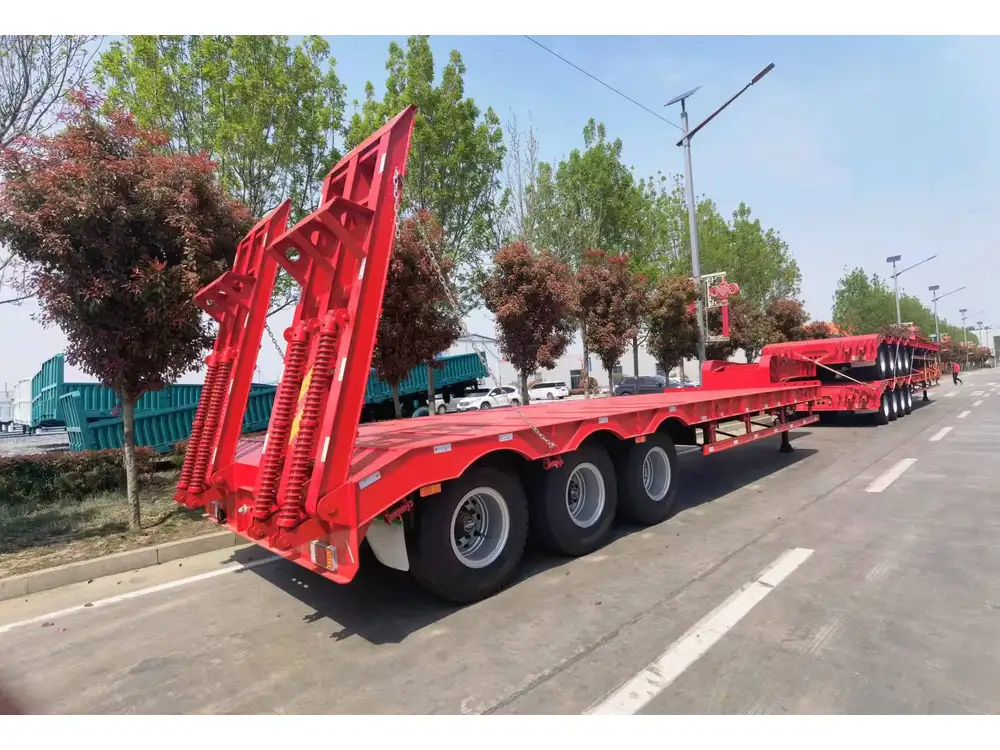Hooking up a semi-trailer can be a detailed and intricate process that requires precision and understanding of both the vehicle and trailer systems. The ability to connect a trailer properly not only ensures safety on the road but also enhances the operational efficiency of transporting goods. This article serves as a step-by-step guide, presenting an in-depth exploration of how to hook up a trailer to a semi, alongside essential tips and considerations.
Understanding the Components
The Semi-Truck
Before delving into the hooking up process itself, it’s crucial to understand the main components involved. A semi-truck typically consists of:
| Component | Description |
|---|---|
| Cab | Where the driver sits and controls the truck |
| Fifth Wheel Hitch | A coupling device mounted on the truck for the trailer |
| Powertrain | The engine and transmission system providing power |
| Braking System | Ensuring safe stopping and control of the truck |

The Trailer
Similarly, trailers have their components that must be understood:
| Component | Description |
|---|---|
| Chassis | The frame structure supporting the trailer load |
| Axles | Wheels connected to the chassis that support weight |
| Kingpin | The pivotal connection that locks into the fifth wheel |
| Electrical System | Wiring for lights and brakes connected to the truck |
Step-by-Step Guide to Hooking Up a Trailer to a Semi
Step 1: Preparing the Semi-Truck
- Inspection: Begin with a thorough inspection of the semi-truck. Check fluid levels, tire pressure, and the integrity of the fifth wheel hitch.
- Clean the Fifth Wheel: Ensure the fifth wheel is free of debris and grease, allowing for a smooth connection.

Step 2: Positioning the Trailer
- Align the Trailer: Reverse the truck while ensuring the trailer is properly aligned. Keep an eye on both the truck and trailer sides while adjusting the direction carefully.
- Parking Brake: Engage the trailer’s parking brake while in the correct position to prevent any rolling.
Step 3: Connecting the Trailer
Visual Guide for Hooking Up a Semi-Trailer
- Approach Slowly: Drive the truck slowly towards the trailer until the kingpin is directly below the fifth wheel hitch.
- Engagement: Once aligned, the fifth wheel will capture the kingpin. You will hear a click, indicating a secure lock.

Step 4: Securing the Connection
- Raise Gear: Shift the truck into reverse slightly to ensure full loading of the kingpin into the hitch.
- Check Connection: Perform a visual inspection to confirm that the kingpin is engaged properly and that there is no gap between the fifth wheel and the trailer.
Step 5: Connecting the Electrical and Air Lines
| Component | Connection Process |
|---|---|
| Electrical Lines | Plug in the trailer’s electrical cord to the truck. Confirm brake lights, turn signals, and marker lights function correctly. |
| Air Lines | Connect the blue airline (emergency) and red airline (service) lines securely. Check for leaks and make sure they are properly connected. |
Step 6: Final Checks
- Air System Check: Inspect the air brake system by charging the trailer’s air pressure and ensuring that the brake system is operational.
- Brake Testing: Conduct a brake check by performing a simple tug test to confirm the trailer’s security.

Potential Issues When Hooking Up a Trailer
Understanding potential challenges during the process is critical for ensuring safety.
Common Problems
- Misalignment: This can cause the kingpin to miss the hitch altogether.
- Air Leaks: Faulty connections in the air system can lead to brake failure.
- Electrical Malfunctions: Poor connections can lead to failure in signaling and trailer light operations.
Solutions and Preventative Measures
| Issue | Solution |
|---|---|
| Misalignment | Utilize spotters or markers to guide positioning. |
| Air Leaks | Regularly inspect and replace air lines. |
| Electrical Issues | Check and repair wiring connections periodically. |

Best Practices for Safe Operations
Pre-Trip Inspection
Always perform a detailed inspection before setting out on a journey. Check fluid levels, tire conditions, and ensure all connections are secure. This proactive approach can catch potential issues before they become serious problems.
Maintenance Schedule
Establish a regular maintenance schedule for both the truck and trailer. Routine checks for wear and tear can save significant costs and improve safety.

Load Distribution and Legal Limits
Understanding load distribution is imperative to avoid overloading one side of the trailer, which can result in swaying or loss of control. Always adhere to legal weight limits for both the semi and trailer.
Frequently Asked Questions
What if the trailer does not connect to the semi-truck?
When the trailer fails to connect, ensure that the truck is properly aligned with the trailer. If alignment is not the issue, inspect the fifth wheel and kingpin for any signs of damage.

How do I know if the electrical connection is working?
The best way to test the electrical connection is to activate the truck’s signal lights, brake lights, and running lights, observing if they illuminate on the trailer.
Why is maintaining the braking system important?
The braking system is vital for vehicle control and safety. Malfunctions can lead to dangerous situations, making regular inspections crucial for reliability.
Conclusion
Successfully hooking up a trailer to a semi-truck is a skill that combines knowledge, precision, and practice. By following the steps outlined in this guide and being aware of potential pitfalls, drivers can enhance their safety and efficiency on the road. Whether you are a seasoned driver or new to the industry, understanding these elements will contribute to better performance and a safer driving experience.
Incorporating these best practices will not only ensure proper connection but will also promote longevity in both the truck and trailer, allowing for smooth operations day after day. With the knowledge gained from this guide, any driver can feel confident and competent in the task of hooking up a trailer to a semi.



